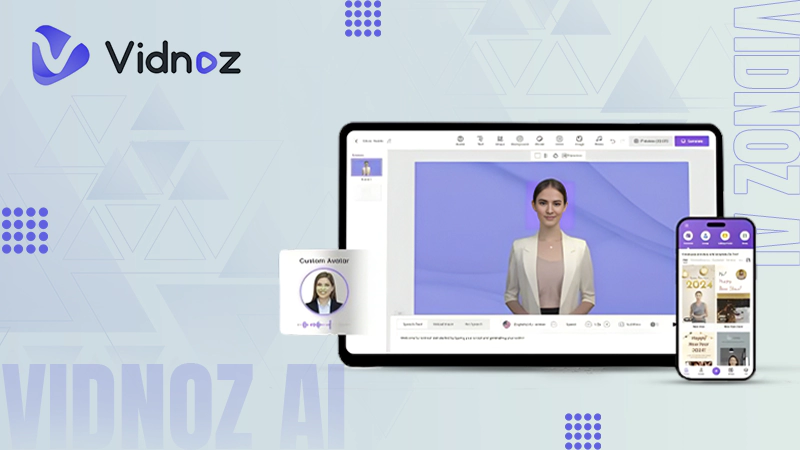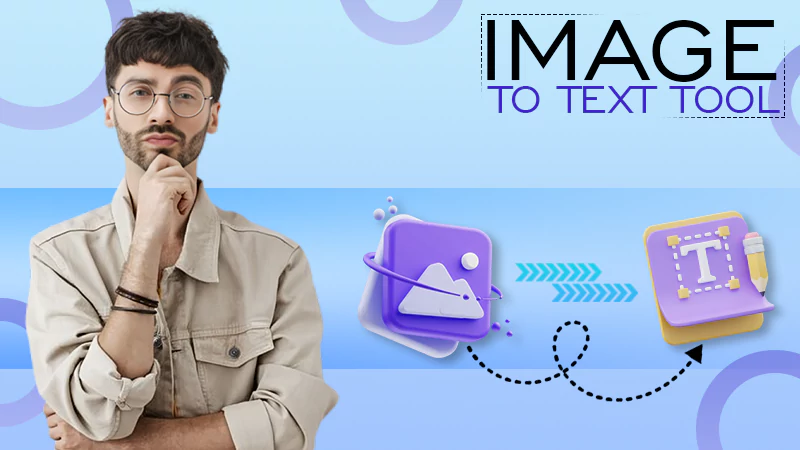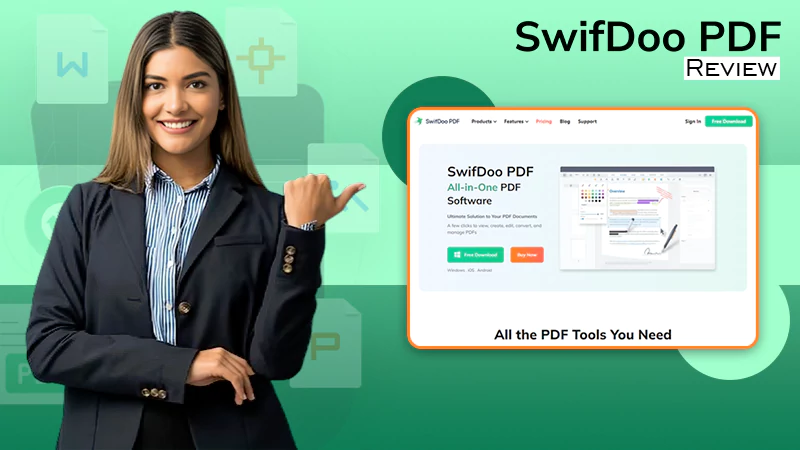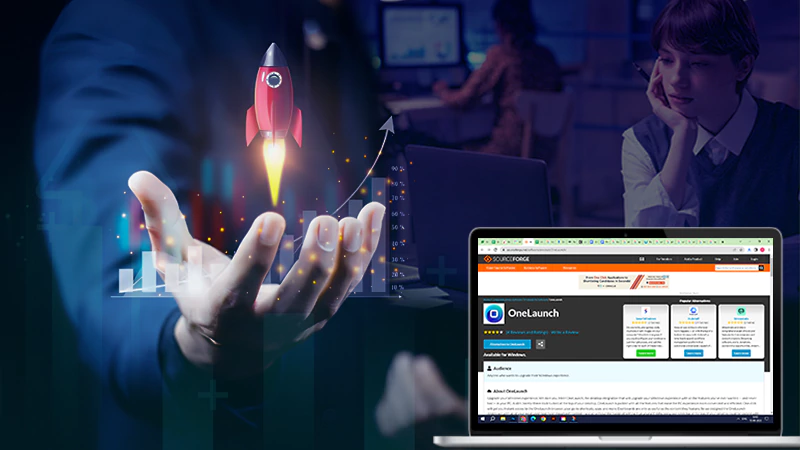Your Complete Guide to Custom Web Application Development
Custom web application services are now ubiquitous, and people all around the globe use them daily, whether they recognize it or not. They provide customers with a simple method to buy, book services, obtain information, and do a variety of other vital functions.
A bespoke web application may provide a firm with a plethora of benefits. Web applications have several advantages over other types of applications, the most important of which is that they are designed to adapt to any operating system, project management style, or business size, allowing businesses to provide unique functionality to their customers while also improving internal workflow.
Also Read:- Why is HIPAA Compliance in App Development Necessary
Custom web apps do not require downloading because they are hosted on a distant server and accessed using the user’s preferred browser. Native apps may enable more advanced bespoke web application development, however, they are typically unneeded and more expensive to develop and maintain.
Hiring an IT expert may be complicated, especially with far too many computer experts clamoring for your attention. More details on how to locate web app developers may be found here.
Web development
Understanding Custom Web Applications
Web and apps were two distinct things in the early 1990s. The web was populated with static HTML text pages, whereas apps were native operating system software. The web got more complex, quicker, more productive, and had a better user experience as new technologies were developed, and dynamic web-based applications finally became the new norm.
A web application is a website that is meant to have the same look and feel as a downloaded app, and it can be static or responsive and interactive. Many businesses create web applications to improve the way their customers engage with their services. Some consumers prefer web applications on mobile devices over the mobile version of a website because they are more similar to the desktop experience.
Custom Web Application Development – The Process
Ideation, planning, design, software development, and test & launch are the five steps of bespoke app development. As your web app progresses through each stage, you’ll notice that your concept becomes more refined and concrete. Let’s take a closer look at each stage.
Stage 1: Ideation Stage
Ideation is the stage in which you develop your concept, conduct research, and create requirements. It is both the initial and the most important step in the development process.
Idea Refinement
Your concept is fantastic, but you need to polish it and have a clear understanding of what you want the project to accomplish — the problem it will answer, the features and functions it will include, the project’s ultimate objectives, and expected outcomes.
Research Into the Market
It’s critical to research your rivals and customers. Check to see if there are any similar items on the market to get information that can be used to strengthen your concept. Perform a competition study by googling your concept and looking for similar online applications on sites like Betalist and Product Hunt. The following points should be included in a standard competitive analysis:
Information about the product, such as a list of features, functions, pricing, and market share.
Demographics and information about the users.
Information on businesses and brands.
All of them will assist you in gathering valuable information that you can use to build a better product with a distinct selling proposition.
Draft Requirements
After you’ve gathered the information, you’ll need to record it by creating an app requirements document. A plan for your web app is an app requirements document, also known as a business requirements document. It includes the overall plan, objectives, assumptions, functional and non-functional requirements, and deliverables. The development team uses this as a reference during the development process. It’s a crucial tool for ensuring that your concept and its needs are translated exactly as you intended.
Stage 2: Planning
You’ve got the concept, the data, and a good understanding of what needs to be done; now it’s time to make a plan. Directions for design, development, and project management are included in the planning phase. This guarantees that the project runs smoothly. Selecting the proper technology stack, setting milestones and project sprints, allocating resources, defining the user flow, app architecture, and wireframing & prototyping are all examples of general project planning.
Stage 3: Design
Designers give the app an appearance based on the data collected in the previous stage, research, wireframes, and prototypes. The interface pages, colors, font, buttons, drop-down menu, and layout are all created using design principles to provide great visuals and experiences.
However, the design’s success is based on more than simply aesthetics. In fact, the visual aspect of web design accounts for only one-fifth of the total.
Because the web app answers the problem, the design should incorporate many user experience competencies, such as:
- Interaction Design
- Usability Engineering
- Information Architecture
- Prototype Engineering
- Visual Design
Stage 4: Development
The development process is split into two parts: front-end and back-end, which may or may not be done at the same time.
Frontend Development
The client-side program with which the user interacts via web browsers is known as the frontend. The HTML markup language, CSS, JavaScript, and several frameworks were used to create this user-facing software. While the number of frameworks is infinite, the most popular are Angular, React, and Vue. The responsiveness and mobile-friendliness of the frontend are two important factors to consider while creating it. To provide the same enjoyable experience regardless of screen size or device, your web app must operate seamlessly across all devices.
Backend Development
The backend is the part of your web application that powers it — the database, server, and business logic — things that the user can’t see but that work behind the scenes. The backend’s most common function is to:
- Serve the frontend’s queries.
- When a user attempts to log in, authorization and authentication are required.
- Data may be created, read, and updated.
You’ll construct the backend program, set up the database and server, and integrate the APIs at this point. Building the backend is the most difficult and time-consuming task due to its complexity.
Test and Deploy
Your app has been created and produced, and it is now ready to use. However, it must be evaluated before launch. Testing is a crucial aspect of developing a bespoke web application. It not only ensures that the software is bug-free, but the quality team’s suggestions also assist to enhance the entire product. Some of the most frequent tests for any web application are listed here.
Testing for usability
- Load and stress testing are two types of performance testing.
- Application safety is important.
- Bug testing and quality assurance
- Browser compatibility with many browsers
Businesses may improve the efficiency of internal operations, add features that make it simpler for customers to acquire products or services and ultimately stand out from the competition by building a bespoke web application.
With years of experience designing and developing custom web applications, our team has years of expertise designing and creating unique web apps, and we provide custom web development services that allow organizations to grow rapidly.
Level Up Your Online Presence: How iTop Screen…
Vidnoz AI Review: How to Convert Text to…
HitPaw Online Video Enhancer Review and Its Best…
Top 7 Background Removers Online in 2024
How to Retrieve Google Backup Photos?
How Does The Image-To-Text Tool Work?
SwifDoo PDF Review 2024: A Comprehensive Look
The Real Benefits of DevOps Training for Aspiring…
Capturing Serenity: Elevating Yoga Pose Photos with CapCut’s…
Single CPU Server vs Dual CPU Server: What’s…
Boost Your Productivity with a Desktop-Docked Search Utility…












